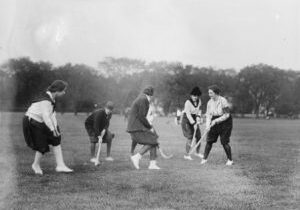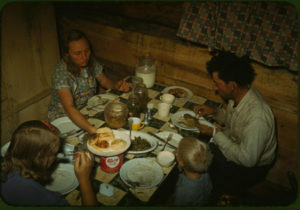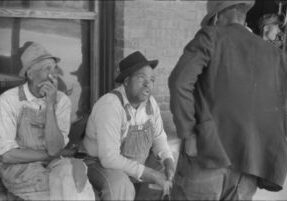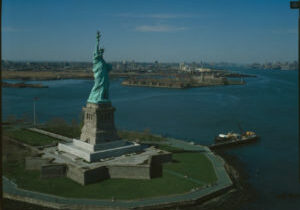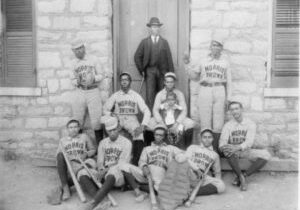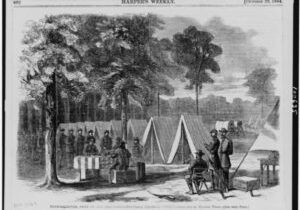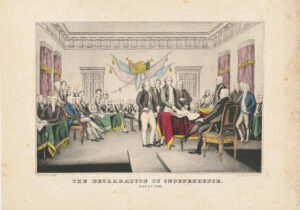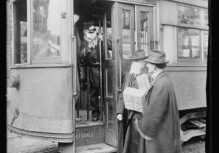Lesson Plans
Recreation Yesterday & Today
Students conduct research and analyze primary sources to investigate entertainment and recreation in the 1920s and 1930s, comparing urban and rural experiences for this time period with their own experiences. After, students may conduct oral histories with local people in order to test their conclusion about recreation and entertainment in their community or use population density maps or settlement maps to hypothesize about a connection between distance and entertainment.
Immigration: Our Changing Voices
Students analyze primary sources to identify issues involved with the migration of a community or family and examine the traditional picture of immigration. After, students investigate their own family history and put it into the context of immigrant stories.
Explorations in American Environmental History: The Photographer, the Artist, and Yellowstone
Students analyze primary sources to understand the impact photographer William Henry Jackson and artist Thomas Moran had on the creation of Yellowstone National Park and how their artistic talents contributed to the creation of the American West. After, students may research a local environmental issue and create a work of art (photograph, painting, poster, etc.) to draw community attention to it.
American Lives Across the Centuries: What Is an American?
Students will use the words of Jean de Crèvecoeur in his 1782 work, Letters from an American Farmer, to guide them as they analyze a life history documented by the Works Progress Administration from 1936-1940, using their analyses to create a patchwork of biographies. After, students consider what it means to be an American today and reflect on how the definition of being American has changed over time.
Environmental Resource Management: Local and Historical Perspectives
Students analyze primary sources to understand the contexts of America's concern for the environment. After, students produce a paper or presentation on a contemporary topic of local concern that incorporates historical perspectives with current issues.
The American Dream
Students analyze, interpret, and conduct research with digitized primary source documents to define, present and defend their ideas about what the American Dream has been in different times. After, students consider their own American Dream – for themselves, their families and loved ones, their community, their nation and the world.
African American Identity in the Gilded Age: Two Unreconciled Strivings
Students explore their personal identities, then analyze primary sources to examine the tension experienced by African Americans as they struggled to establish a vibrant and meaningful identity based on the promises of liberty and equality in the midst of a society that was ambivalent towards them and sought to impose an inferior definition upon them. After, students choose a subject from one primary source and bring this speaker into the present to talk with the class about his or her observation of today's world compared with his or her own.
Absentee Voting & Voting by Mail
Students study historical primary sources to gain context and perspective regarding absentee voting, including voting by mail, throughout U.S. history. After, students can investigate election voting laws and issues related to absentee voting and voting by mail to help them craft an editorial in support of or against these practices.
The Declaration of Independence: Created Equal?
Through discussion and primary source analysis, students investigate Thomas Jefferson's efforts to deal with the complex issues of equality and slavery in the Declaration of Independence. After, students rewrite the Declaration of Independence (or portions of it) to fit a contemporary society and may also stage a mock trial with the students playing the roles of Jefferson and others and Library of Congress primary sources serving as evidence.
Pandemic and Civic Virtue: The American Red Cross and the Influenza Pandemic of 1918
Historical primary sources provide examples of civic virtue–that is, of citizens dedicating themselves to the common welfare, even at the cost of their own interests. By examining such sources, students can reflect on how civic virtue was practiced in the past, and how the concept might apply today.
- « Previous
- 1
- 2

